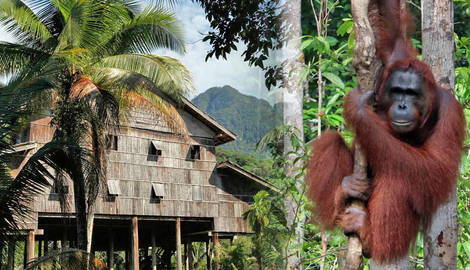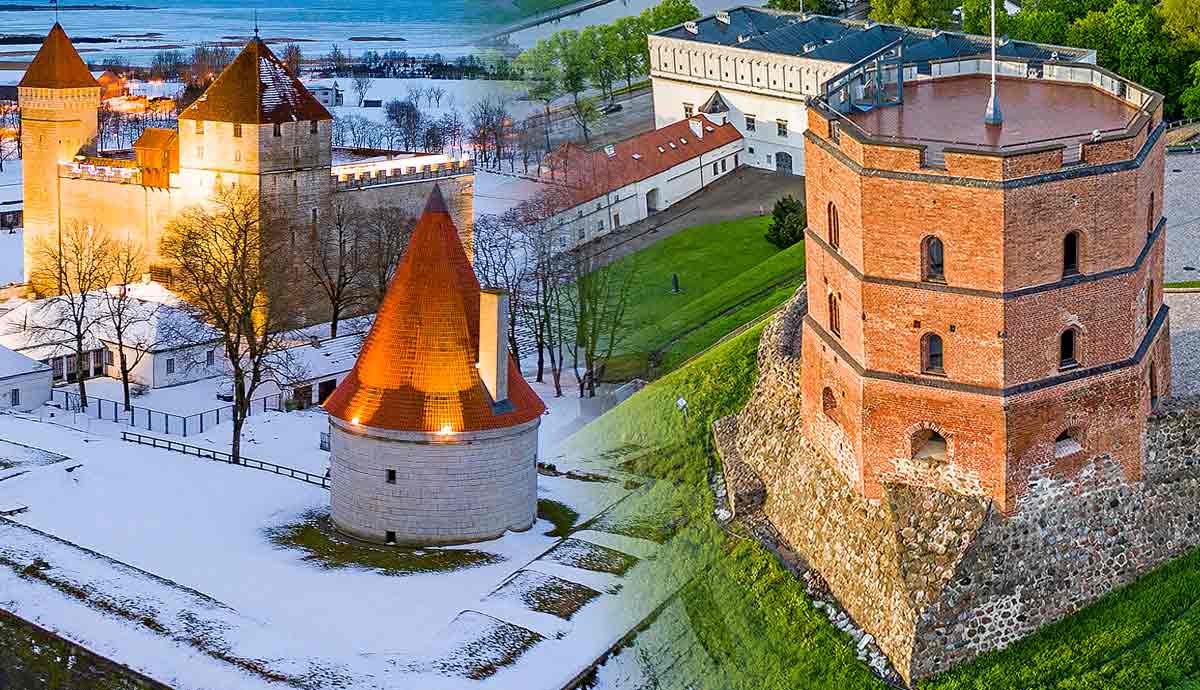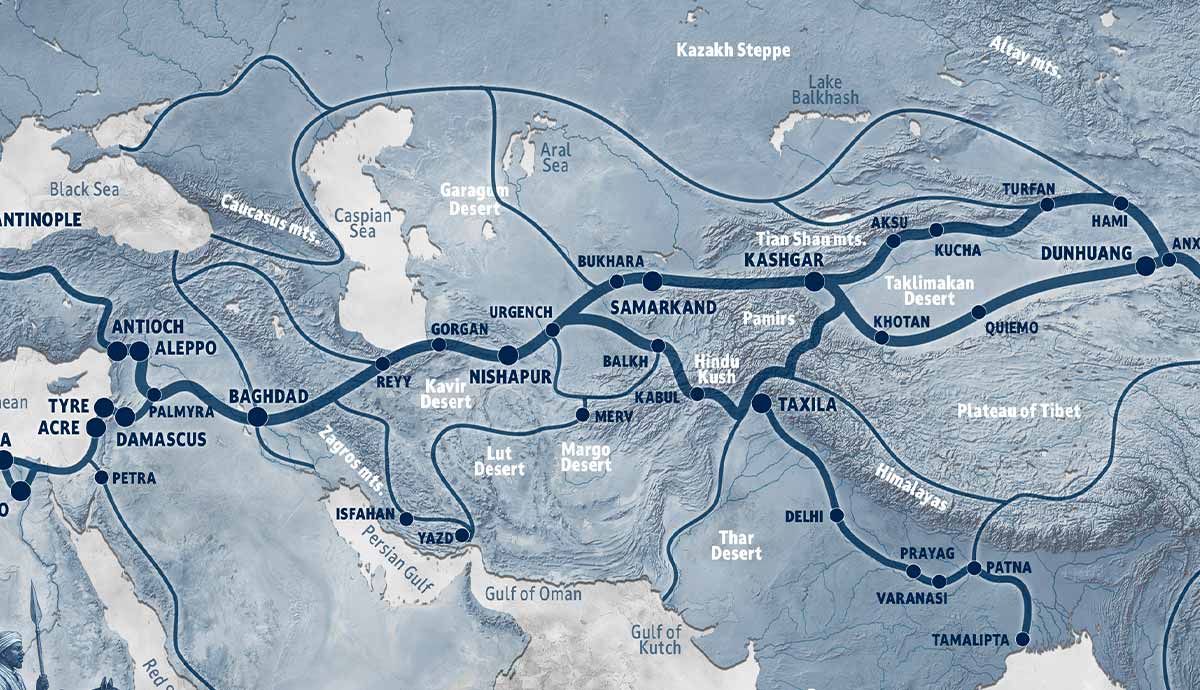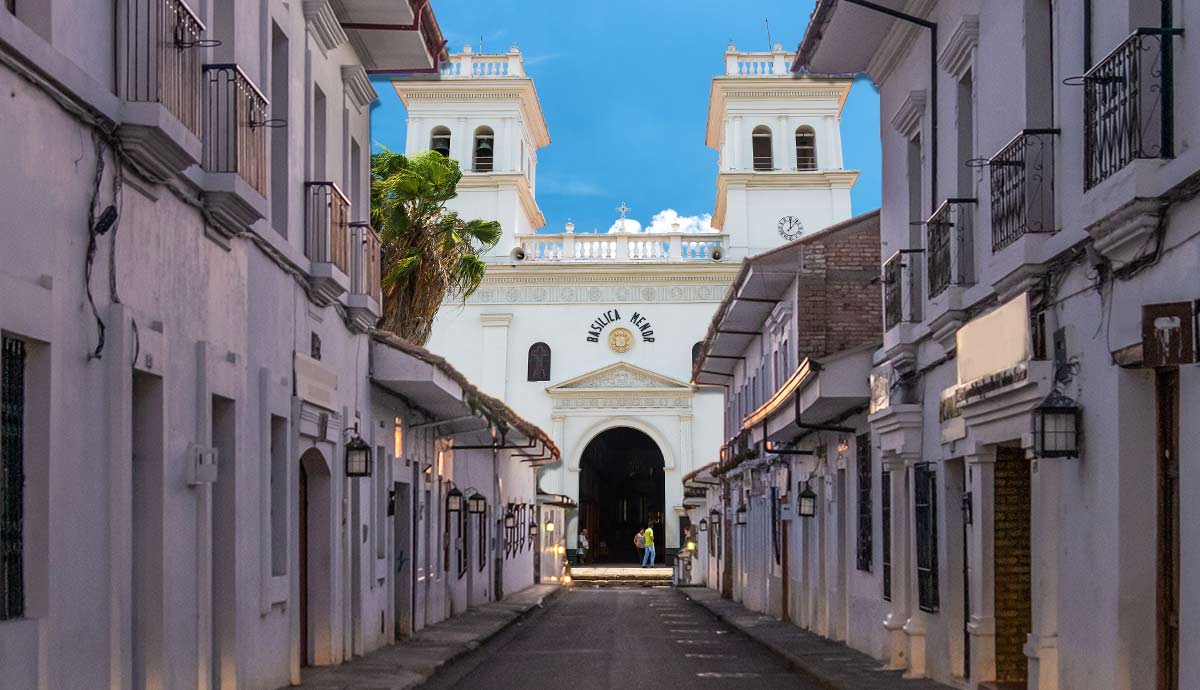
Borneo is divided into three countries: Malaysia, Brunei, and Indonesia. Most tourists tend to gravitate towards the Malaysian section of the island. It’s not difficult to understand why, either. The natural landscapes within that portion of Borneo are breathtaking, and those attractions are publicized far more frequently. Yet, 73% of the island belongs to Indonesia, known as Kalimantan. Therefore, it would be logical to assume Kalimantan also has a great deal to offer, which would most certainly be an accurate assumption. The Indonesian side’s appeal is tremendously overlooked, especially by animal lovers.
It’s the Best Place in the World to See Orangutans

There are only two places in the world where it’s possible to see orangutans in their natural habitat: Borneo and Sumatra. Tanjung Puting National Park in central Kalimantan has the largest population of the great ape. It’s estimated that somewhere between 30,000 and 40,000 orangutans are residing within its grounds.
The idea of seeing “the man of the forest” swinging from tree to tree is, of course, the principal reason most people are drawn to central Kalimantan’s most popular attraction, though there is also a wide range of other fascinating creatures loitering amid the leaves and branches. Proboscis monkeys, gibbons, sun bears, and sambar deer are just a few of the animals that can be spotted. Not to mention, there are more than 200 different species of birds living in Tanjung Puting.

There are a variety of tour packages available. Due to the park’s vast size (4,150 square kilometers), visitors tend to choose a deal that enables them to explore and observe for at least a couple of days. The majority, if not all, of the experience will be enjoyed from a klotok boat.
Some options include trekking in the forest with a guide, camping in the jungle, and staying in Tanjung Puting’s sole hotel. Klotok boats are traditional Indonesian riverboats. They have an inboard or outboard motor and are predominantly used to transport people or goods. Beyond national parks, they also commonly operate as the vehicle of choice at floating marketplaces and fishing regions. In most cases, the klotoks in Tanjung Puting National Park will include beds with mosquito nets in the lower deck for sleeping hours.

A trip to Camp Leakey is often included in the tour package and is well worth the visit. This is a rehabilitation center for orangutans and a research facility for scientists and students. Camp Leakey was created in 1971 by Canadian anthropologist and primatologist Dr. Birutė Galdikas.
Named after Louis Leakey, a mentor and inspiration to Galdikas, the preservation was originally established to rescue and help nurture monkeys that had been victims of domestic capture. When the center was initially introduced to Kalimantan, it was merely two huts. However, it’s since been transformed into an assemblage of structures practically designed to facilitate researchers, staff, and park rangers.
Due to the sensitive nature of a rehabilitation center, visitors are only permitted to visit during certain hours and cannot stay overnight. Guests will be shown and told the fascinating backstory of the Camp Leakey project, as well as learn of the troubles specific orangutans faced and the methods the center adopted to help them heal. Following this, the group will be taken to the feeding station to watch the monkeys enjoying their food. Interestingly, it is not uncommon to see orangutans that have recently been rehabilitated happily swinging in the trees close to the camp due to their developed connection with the area. This is a good spot for seeing alternative species of monkeys, too, such as long-tailed macaques and gibbons.
Look Out for Dolphins Along the Mahakam River

Maintaining the theme of exciting klotok boat rides, a leisurely cruise down Mahakam, Kalimantan’s longest river, is an exhilarating way to pass a few days. This river, located on the island’s east side, also offers the chance to see a dolphin as you float down the stream.
Sadly, the dolphins residing within the Mahakam River have become critically endangered in recent years, and it’s estimated that less than 90 remain. Numbers significantly declined after fish spawning swamp areas were transformed into oil palm plantations, and coal barges polluted the river. On a more positive note, measures have been implemented to rectify this. The Rainforest Trust and Yayasan Konservasi RASI have established a peat swamp conservation within Mahakam River, which is 440,297 protected acres of space where the dolphins can swim amid healthier waters.
Much like Tanjung Puting National Park, the Mahakam River has an abundance of cruise options. A whole host of animals can also be spotted along the way since the river and surrounding areas are brimming with living beings. However, it may actually be the community of people living beside the river that generates the most interest, and more specifically, the distinctive shared homes they’ve created known as longhouses.

In Borneo, the Indigenous groups who aren’t of the Islamic faith are referred to as Dayak people. Dayak communities have taken shape in a variety of regions across the island and tend to settle in locations alongside rivers. Hence, Mahakam offers an excellent opportunity to gain insight into cultural traditions within Kalimantan.
Dayak societies are especially unique due to the living quarters they tend to build and reside inside. Longhouses are made from natural materials such as bamboo, timber, and thatch and designed large enough to home their entire community. In fact, it’s not uncommon for 50 families (approximately 250 individuals) to live in a single longhouse.
The south of the island is renowned for its floating markets, which provide an alternative enjoyable way to spend a morning. While there are a few to choose from, Lok Baintan Market is generally the preference for most tourists. This one is located on the Martapura River and has been in operation for more than 500 years. Lok Baintan largely consists of an array of junking (canoes) filled with vibrantly colored fruit and vegetables. The scene is very picturesque. It should be noted that this floating market closes around 9 a.m., so be sure to arrive bright and early.
Stingless Jellyfish, Giant Sea Turtles, & Whale Sharks are Only a Rickety Boat Ride Away

If you’re relatively impatient or a sufferer of motion sickness, it’s fairly likely you won’t enjoy the journey to reach the Derawan Islands, situated beside the east side of Kalimantan. There’s limited air travel, buses are infrequent, taxis are frenetic, and boats only tend to set sail on the rocky waters when they’re deemed to be full. Moreover, there’s typically little indication as to whether the vehicle could be expected to reach adequate capacity quickly or slowly. Therefore, it’s wise to arrive early, but you could be waiting around for a long time as a result. Nevertheless, in this case, the smoothness makes the roughness worthwhile.
There are 31 islands within the Derwan archipelago, though Derawan, Maratua, Kakaban, and Sangalaki are the four that generate the greatest amount of tourism. Derawan is the closest island to Borneo and, therefore, generally the first port of call for most. This location is small and tranquil. The locals residing there are friendly, the beaches are stunning, and large sea turtles can be spotted on a regular basis.
Maratua is the next island along and the most paradisiacal of the bunch. Maratua consists of sandy beaches, mangrove forests, and is encircled by a lagoon, corals, and cliffs. In accordance with the overriding theme of the Derwan archipelago, there’s also a lot to be seen beneath Maratua’s accompanying waters. Besides the stunning coral reef, this location’s exotic fish and manta rays are mesmerizingly beautiful.

Neither Kakaban nor Sangalaki provide a great deal of options for an overnight stay, so most travelers tend to take day trips to these two islands. Kakaban allows its visitors to swim with jellyfish that don’t sting! Amazingly, the lake they live within has no predators. Consequently, these jellyfish have no need for their poison and have lost it over time. There are only three places in the world where it is possible to do this: Kakaban, Togean Island, Indonesia, and Rock Island, Micronesia. It truly is an exhilarating experience.
Finally, we get to Sangalaki, which has been dubbed one of the planet’s greatest diving and snorkeling locations. This island offers a whole host of fantastic diving spots. Coral Gardens, Channel Entrance, and Sandy Ridge are three points in particular that are awash with large arrays of rare marine life. Should you time your arrival to align with breeding season, you’ll even have the unique experience of witnessing turtles laying their eggs.
Within the Derwan archipelago area, there’s the possibility of seeing any of the following: sharks, whale sharks, leopard sharks, thresher sharks, dolphins, rare octopus, giant squid, starfish, barracudas, exotic cuttlefish, bumphead parrotfish, trevally, jellyfish, turtles, and manta rays.










